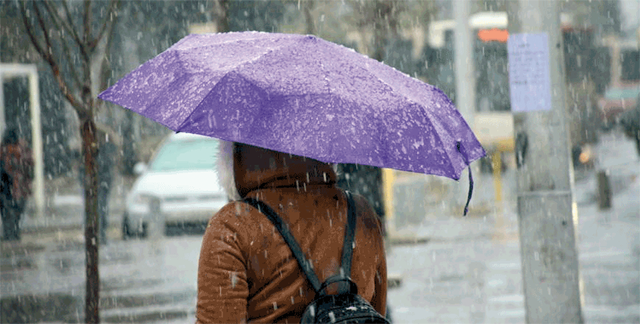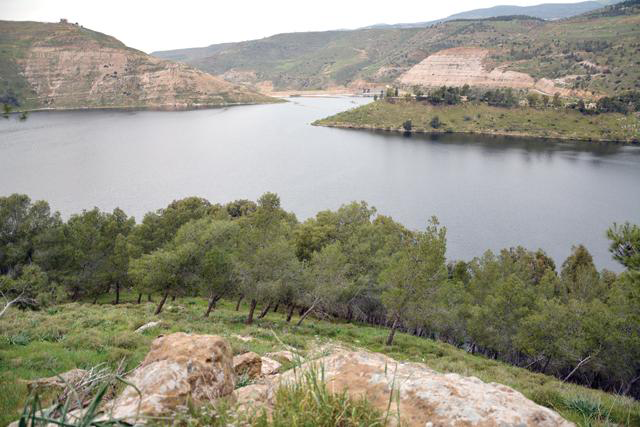You are here
Northern region received ‘highest’ ‘Marbaniyeh’ rain, south, east regions saw almost no rain — JMD
By JT - Jan 15,2024 - Last updated at Jan 15,2024

Director General of the Jordan Meteorological Department Raed Khattab on Monday says that the northern region registered the highest rainfall during the ‘marbaniyeh’ (Petra photo)
AMMAN — Director General of the Jordan Meteorological Department (JMD) Raed Khattab on Monday said that the central and northern regions of the Kingdom witnessed rainfall between January 5 and 15 of the 2023/2024 “marbaniyeh”, the local name given to the 40 coldest days of winter.
Ras Munif station in the northern region registered the highest rainfall with 73.2 millimetres (mm), constituting 12 per cent of its annual average, followed by Irbid station with 56.5mm, making up 13 per cent of its annual average, Khattab said in a JMD statement.
Baqoura station in the northern Jordan Valley recorded 51.5mm, accounting for 13 per cent of its annual average, he added.
As for the west-central areas, the JMD director said that Salt station recorded 61.7mm, representing 12 per cent of its annual average, followed by Al Hussein station which received 60mm of rain, 13 per cent of its annual average.
He added that the University of Jordan station had 56.9mm, representing 11 per cent of its annual average, and Amman Civil Airport received 26.1mm, 11 per cent of its annual average.
In the east-central areas, Khattab said that Queen Alia International Airport saw the highest rainfall with 15mm, accounting for 10 per cent of its annual average, followed by Wadi Al Dulail with 11mm, making up 8 per cent of its annual average.
The JMD official said that most of the southern and eastern areas had not experienced any rainfall until Monday morning.
The JMD statement said that most northern areas, including the northern Jordan Valley, received their typical marbaniyeh rain amount, which usually accounts for 30 per cent of the annual rain average.
In contrast, most central areas, including the central Jordan Valley, have received over 66 per cent of the rain they usually receive in the marbaniyeh, the department added.
Related Articles
AMMAN — Director General of the Jordan Meteorological Department (JMD) Raed Khattab on Sunday said that rainfall between January 23 and 28 w
AMMAN — Director of the Jordan Meteorological Department (JMD) Raed Al Khattab on Wednesday said that cumulative rainfall during the recent
AMMAN — Director General of the Jordan Meteorological Department (JMD) Raed Khattab on Wednesday said that Jordan has recorded an "unprecede















